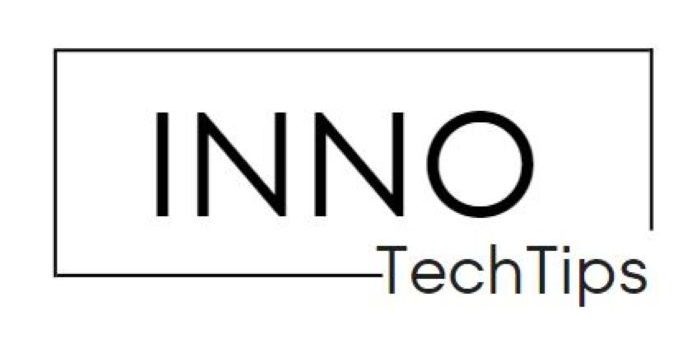In today’s technology-driven world, businesses are rapidly adopting cloud computing and containerization to streamline their operations and increase efficiency. Kubernetes has emerged as a leading platform for managing containerized applications, providing a robust and scalable infrastructure for deploying, scaling, and orchestrating container workloads. In this article, we will provide an introduction to Kubernetes, its key features, and why it has become the de facto standard for container orchestration.
What is Kubernetes?
Kubernetes, alternatively referred to as K8s, stands as a freely available container orchestration solution crafted by Google. It was originally designed to manage and automate containerized applications within Google’s data centers. Later, it was donated to the Cloud Native Computing Foundation (CNCF), which further developed and expanded its capabilities. Kubernetes enables organizations to deploy and manage applications across a cluster of machines, abstracting away the underlying infrastructure details and providing a unified API for managing containers.
Key Features of Kubernetes
Container Orchestration:
Kubernetes excels at managing and orchestrating containerized applications. It allows you to define and manage the desired state of your applications, automating the deployment, scaling, and management processes. Kubernetes ensures that the desired number of containers are running, handles container failures, and automatically distributes workloads across the cluster.
Scalability and Load Balancing:
Kubernetes simplifies the scaling of applications by providing horizontal scaling capabilities. It possesses the capability to dynamically adjust the quantity of containers, either increasing or decreasing, in response to resource utilization or pre-defined metrics. Additionally, Kubernetes offers built-in load balancing to distribute traffic across containers, ensuring optimal performance and high availability.
Embracing self-repair capabilities and unwavering resilience, Kubernetes diligently oversees container well-being, promptly initiating automatic restarts or seamless replacements in the face of any adversity. If a node or container becomes unresponsive, Kubernetes detects it and reschedules the workload to a healthy node. This self-healing mechanism improves the fault tolerance of applications and enhances overall reliability.
Service Discovery and Networking:
Kubernetes provides a DNS-based service discovery mechanism, allowing containers to communicate with each other using service names rather than hard-coded IP addresses. It also enables you to define network policies and configure networking rules to control inbound and outbound traffic, enhancing security and isolation between applications.
Rolling Updates and Rollbacks:
Kubernetes supports rolling updates, allowing you to update applications without incurring downtime. It gradually replaces the old containers with new ones, ensuring that a minimum number of replicas are running at all times. In case of issues or errors, Kubernetes facilitates easy rollbacks to previous stable versions, minimizing the impact on users.
Why Use Kubernetes?
Kubernetes offers numerous benefits that have made it the preferred choice for container orchestration in both small-scale deployments and large-scale production environments. Here are a few reasons why organizations choose Kubernetes:
Scalability and Flexibility:
Kubernetes allows applications to scale effortlessly by automatically adjusting the number of containers based on demand. It enables organizations to rapidly scale their applications to handle increased traffic or workload without manual intervention.
Portability:
Kubernetes provides a consistent deployment and management experience across various cloud providers, on-premises data centers, and hybrid environments. It enables organizations to build applications once and run them anywhere, avoiding vendor lock-in and facilitating easy migration.
Resource Optimization:
Kubernetes optimizes resource utilization by efficiently scheduling containers across nodes, ensuring that resources are allocated based on actual usage. It enables organizations to run multiple applications on a shared infrastructure while maximizing resource efficiency.
Community and Ecosystem:
Kubernetes has a vibrant and rapidly growing community, backed by major technology companies. This thriving ecosystem contributes to the continuous improvement, development, and innovation of Kubernetes, ensuring long-term support and sustainability.
Conclusion
The advent of Kubernetes has transformed the deployment, management, and scaling of containerized applications in a groundbreaking manner. Its powerful features, including container orchestration, scalability, self-healing, and service discovery, have made it the de facto standard for container orchestration. With Kubernetes, organizations can leverage the benefits of containerization and streamline their application deployment processes, leading to increased agility, efficiency, and scalability. As the technology landscape continues to evolve, Kubernetes remains a critical tool for organizations embracing cloud-native architectures and microservices-based applications.





